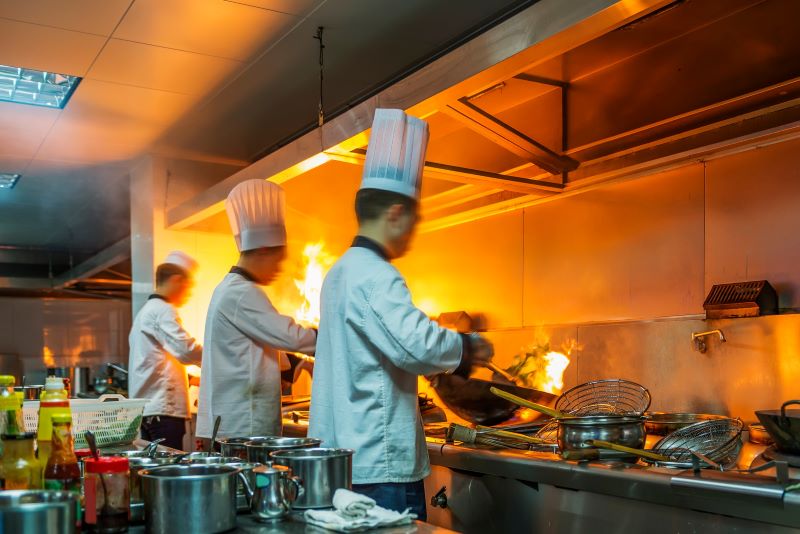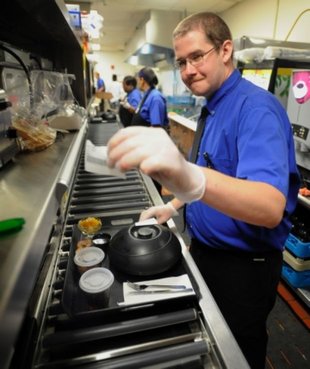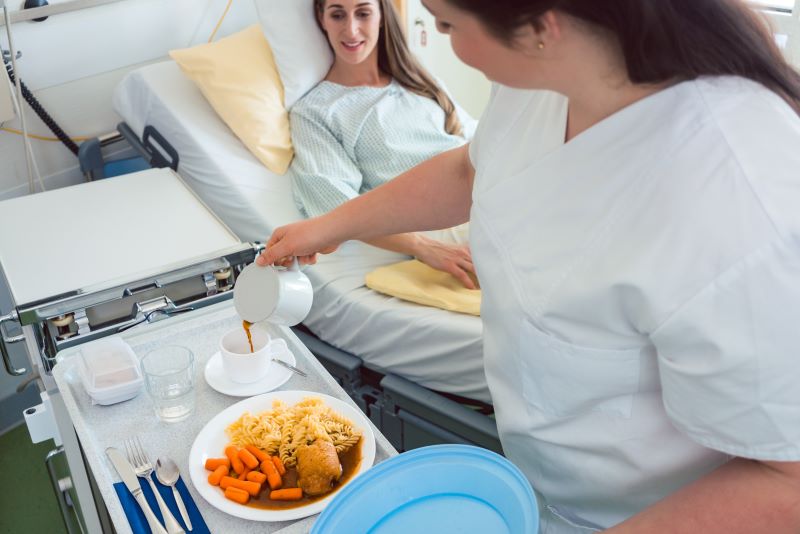Even though they are becoming common, food shortages due to drought, global conflicts, product recalls, or supply chain issues can be frustrating for MN-CFPMs. While these shortages can be a major inconvenience, your facility still has to work through them, so we felt we’d offer a few suggestions for when food shortages arise.
How Certified Food Protection Managers Deal with Product Shortages

When shortages prevent certified food protection managers from producing their usual dishes, we have three solid recommendations to offer.
- Find a second source for product
- Come up with an adequate substitution
- Keep your customers informed
Most large food service suppliers source their goods from major national sources. When drought or cold weather affects supply from well-known producers, consider turning to smaller outlets. If major growing regions have limited amounts of produce, such as greens and fruits, that are available, CFPMs may wish to contact local sources or smaller food supply companies to see if they have your required ingredients available. Your local area farms may also be a solution. This option may be more expensive, or you may have to pick up your produce rather than have it delivered. Local suppliers may offer the same products as major growers, so you can keep serving the same cuisine as before.
Sometimes, a second source for a product simply does not exist. During a major recall of any product, alternate suppliers are stretched thin. When confronted with this type of shortage, CFPMs may need to stretch their creativity and develop new menu items and unique substitutions with their current production. For some menu items, there can be quick and easy substitutions that your guests will readily accept, such as salads and side dishes. If an item cannot be served, such as the protein for a main course, bringing in a similar protein and running a temporary replacement dish on your menu is a good idea.
Make Guests Aware
Finally, inform your customers of dishes and product substitutions before ordering. Very few things are more frustrating than not being told that the menu item you have decided on is unavailable when it comes time to order. Tell your guests which items on your menu are unavailable due to product shortages before they are even given a menu. Also, make sure that your servers are also aware of the situation. Taking an order for an item you do not have available should never happen.
At Safe Food Training, we’d like to hear your strategy for dealing with ingredient shortages. Do you prefer to make substitutions, find new sources for ingredients, or temporarily remove unavailable dishes from your menu?




